Affiliate links on Android Authority may earn us a commission. Learn more.
Scorecard: A look at Google's efforts in India
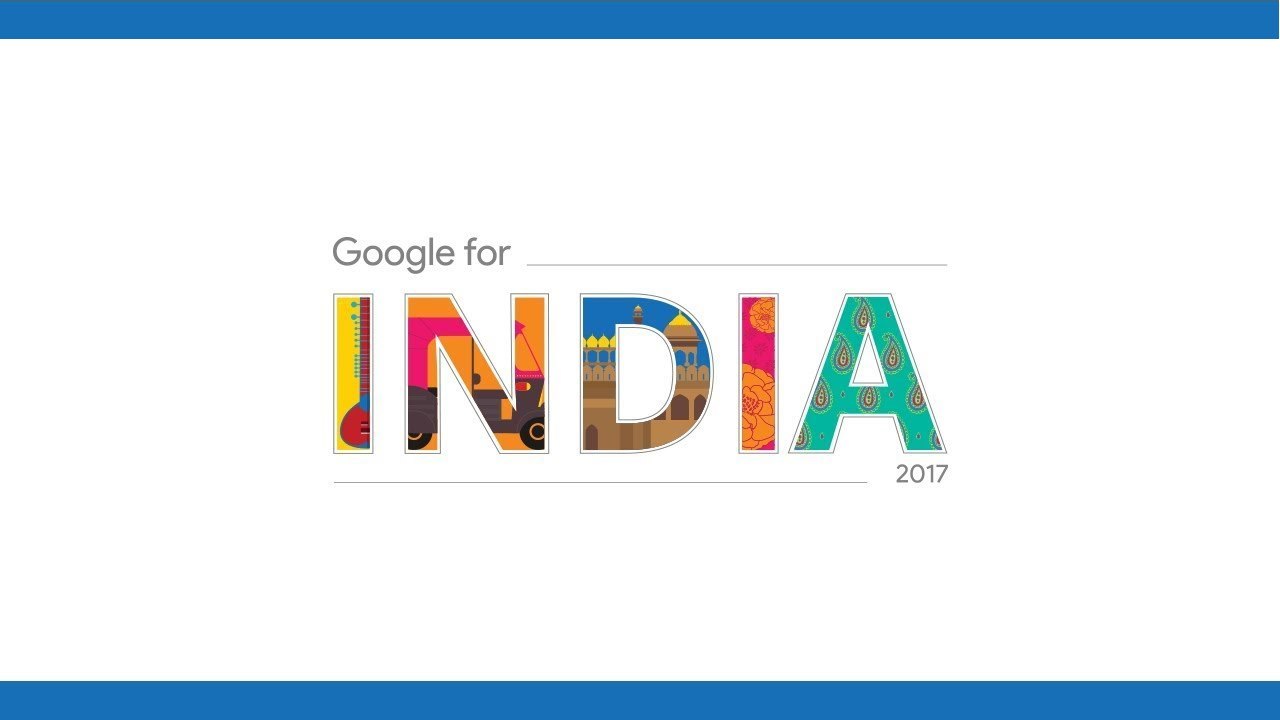
India is now the second largest smartphone market in the world. This isn’t too surprising, given the availability of a slew of extremely budget-friendly smartphones and the massive price cuts for data services brought on by the launch of Reliance Jio last year. Despite ever growing numbers though, the majority of the Indian market remains untapped, and Google knows it.
As a part of their “Next Billion Users” initiative, Google has released, and plans to release, a variety of apps, services, and devices to capture an even larger chunk of the Indian market. There is a lot to look forward to, but what does Google offer in India right now? Let’s take a look!
Google apps for India
Google Tez
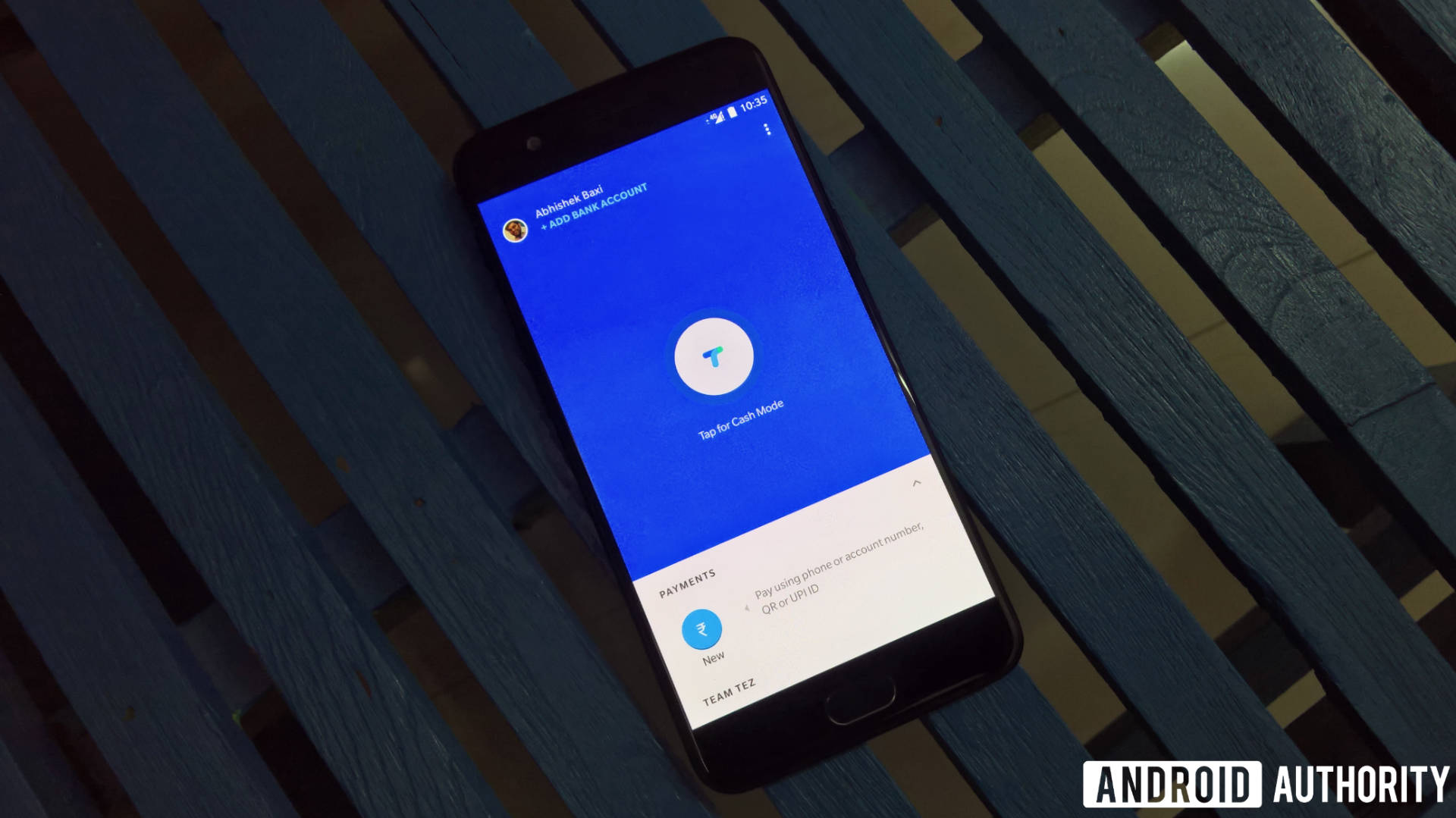
Google Tez (meaning “fast” in Hindi) is one of the newer entrants in the already overcrowded market of apps that allow cashless transactions. Tez takes advantage of the Unified Payment Interface (UPI) to allow users to quickly send and receive money. Unlike some other apps that utilize a wallet-based system, the money is debited or credited directly from and to your linked bank account.
Google Tez offers a quick and easy way to transfer money, with the unique Cash Mode, that utilizes Audio QR technology, a standout feature. However, Tez doesn’t offer much else in terms of features and services, but that is all set to change soon.
As announced at an event in Delhi a few days ago, Google is rolling out a bill payments feature that will let Tez users fetch and pay for household and utility bills from major suppliers like Airtel, DishTV, Tata Power, ACT Fibernet, DoCoMo, and more. Overall, 70 billers will be available on the app.
This addition will bring Tez’s feature set closer to the competition like Paytm and PhonePe. That said, these two still have a lot more to offer and still stay ahead of Tez in terms of capabilities. Google also mentioned that over 500,000 merchants are able to receive payment using Tez.
In my Google Tez review, I found the setup up process quick and easy. The app is simple to use and does what it is supposed to do well enough. However, while my experience has been good, there have been quite a few complaints about transactions not completing, delays in the transfer (which should be instantaneous), and poor customer support. These may just be teething pains as the app’s customer base continues to grow, but they need to be addressed quickly if Google hopes to compete with established companies like Paytm.
Verdict – 7/10
Google Tez offers a very simple way to quickly and easily transfer money, and the direct link to the bank account is a big plus. However, while it is going to continue to change and improve, its capabilities still fall behind the competition for now.
Datally
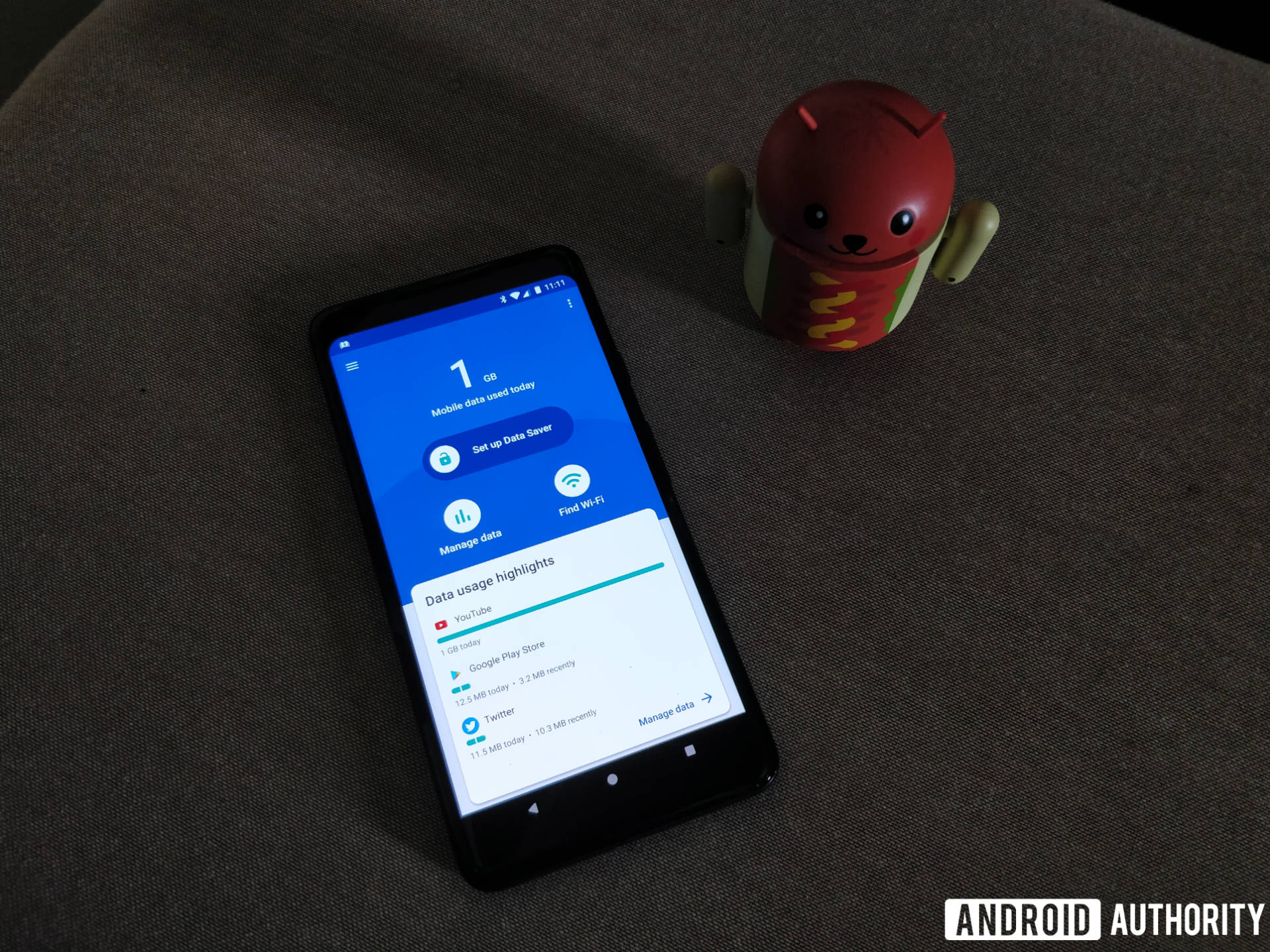
Datally, a play on the Hindi phrase “De Taali” meaning “(give me a) high five,” is a new data management app that was released by Google recently.
Datally sets up a local Virtual Private Network (VPN) service on your device for you to help block unwanted mobile data usage. If privacy is a concern, the good news is that it doesn’t send any of your traffic through Google’s servers, and the VPN is only on your phone and doesn’t redirect your Internet traffic to any other servers or locations.
You can control, place limits, or block data usage by certain apps, and keep track of real-time data use. Another very useful feature is the Wi-Fi Finder, that shows you the Wi-Fi networks that are closest to you. These are obviously public locations, like at a restaurant that offers free Wi-Fi. New features to be added include data balance checks and expiration reminders, along with more proactive data usage controls and warnings.
You can easily select which apps you want running in the background, and which apps to block, and a large toggle lets you quickly activate its data saving features when you open Datally. However, you do have to make the selections individually. Of course, unless you plan to have the app running all the time, you will have to remember to activate this feature when you are out and about.
Overall, Google Datally is very useful and does a great job with blocking unwanted background data usage when you are using mobile data.
Verdict – 9/10
Datally offers a great way to keep a check and control your mobile data use, which can be very useful for a lot of people. The ability to search for Wi-Fi locations nearby is a plus as well.
Areo
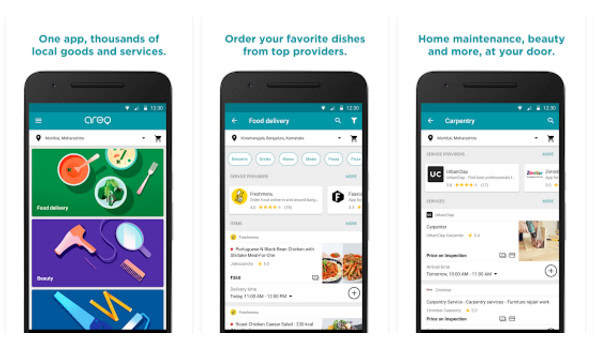
Areo is basically an aggregator that allows you to use a single app to cover all your household needs. Options include everything from food delivery and booking at-home fitness trainers to house cleaning and pest control, and a whole lot more. The list of services has steadily grown since the app launched back in April this year, and more are yet to come.
The app is certainly incredibly useful, but while the list of services has grown, that of service providers has not. Food delivery options are quite limited, and apps like Swiggy and Zomato provide hundreds of more options. The options are limited with regards to other services as well, but the ones available are highly rated for the most part, so it isn’t as much of an issue. There are also some services, like laundry, that still aren’t available on the app.
We all tend to use different apps for a variety of things. For example, I use Swiggy for food delivery, HouseJoy for house cleaning and maintenance, and Laundry Basket for my laundry. While it would be great to have a single app that I could use for all of them, Areo isn’t quite there yet. However, it has to be said that the services that are available are quite competitively priced.
Verdict – 5/10
Areo has a lot of potential and can become a must-have app if it continues to grow. I’ve had a good experience using the services that are available. Unfortunately, not every service is, and the list of service providers can stand to grow as well.
The “Go” apps
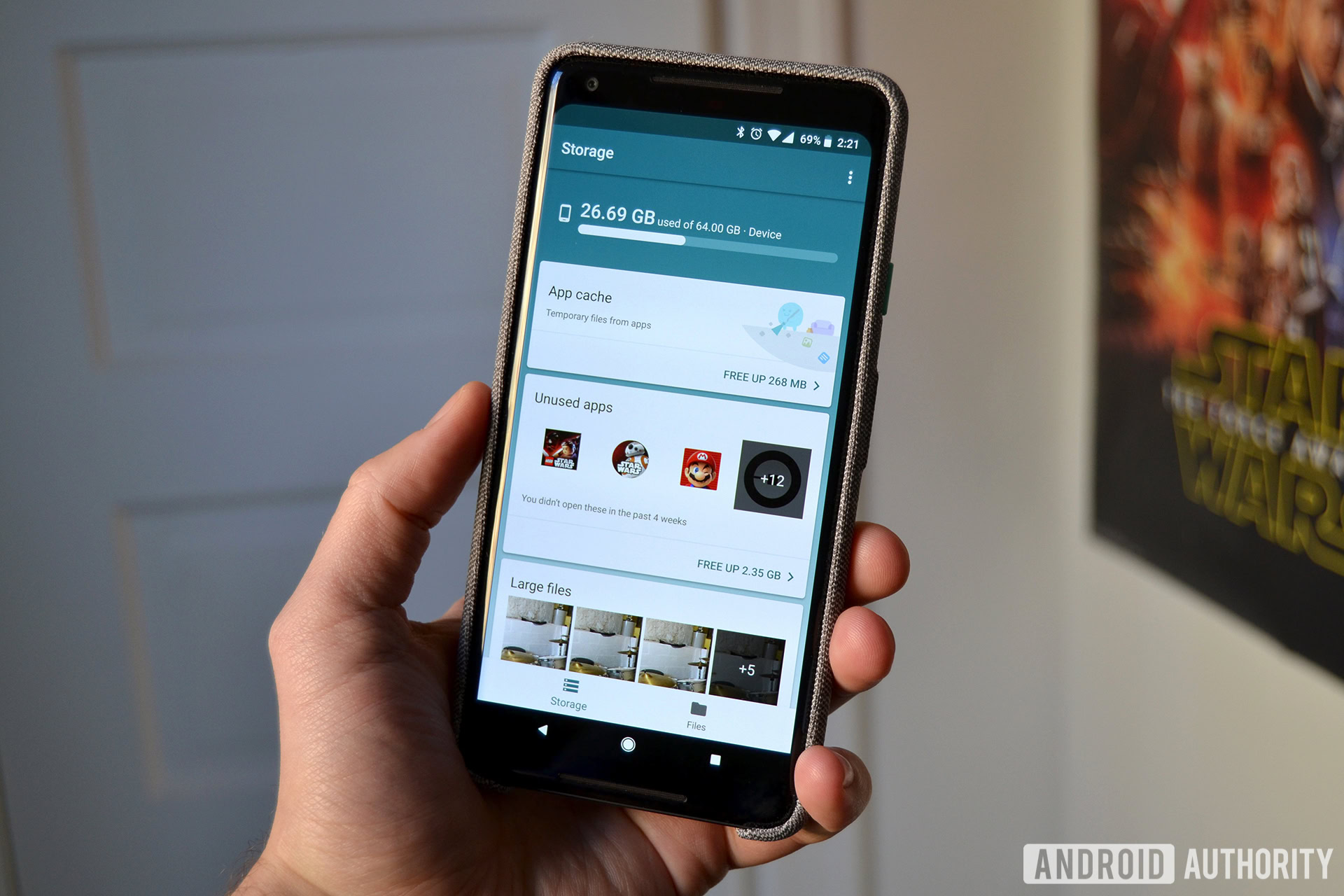
The “Go” apps are all part of the Android Oreo Go project that will allow the latest version of Android to easily run on entry-level and very affordable smartphones that come with only 512 MB or 1 GB of RAM.
These slimmed down apps will include Google Go, Google Assistant Go, YouTube Go, Google Maps Go, Gmail Go, Gboard, Google Play, Chrome, Android Messages, Files Go, and more. These apps require less space on your device, not use as much RAM, and come with built-in data saving features as well. Of course, all of these apps are expected to be available on the Google Play Store, so anyone can take advantage of their space and data saving features.
There are a few Go apps that are already available. Files Go is a storage manager that lets you free up space on your device, and Youtube Go, which is still in beta, will let you download your favorite videos, instantly share them without using data, and more
Verdict – 8/10 (for Files Go and Youtube Go)
It’s still unknown what the full range and features of these apps are going to be. Having a smaller download size, enabling offline use, and allowing for better device management are definitely things we can all look forward to.
Other Google apps and services for India

Apart from the apps Google is specifically building for the Indian market, the other Google apps have also been expanded or enhanced to better suit the needs of the Indian population. These include:
- Google Indic keyboard – The Google Indic keyboard allows you to type in your local language. The list includes all major Indian languages like Hindi, Bengali, Malayalam, Tamil, Punjabi, and Gujarati to name a few. There are a variety of input methods available as well, like transliteration mode, that lets you spell out a word in English, native mode, that lets you directly type in the native script, and a handwriting mode, which is only available in Hindi for now.
- Google Maps – Google Maps and Navigation are extremely capable here in India. The app allows for localized searches, shows you travel times based on other tranportation methods like buses, the subway, and trains, and lets you book a cab directly from the app (only Uber is integrated for now, but price estimates for Ola and Meru are also shown). Google also recently introduced a Two-Wheeler mode, that shows you routes with shortcuts and paths that cars may not be able to go through.
- Google Station – Launched last year, Google Station allows for free public Wi-Fi in over 200 railway stations around the country. As this project continues to grow, Google aims to add another 400 stations by the end of 2018.
- Google Assistant – The Google Assistant will soon be able to understand and reply in Hindi. While this feature is available with the Google Allo version of the Assistant, it will soon make its way over to the regular Assistant as well. The Hindi-capable version of the Assistant will also be available with the Reliance Jio feature phone, which is an impressive feat.
Verdict – 9/10
Google has a done an excellent job with catering their apps for the Indian market and consumers. You also get access to a slew of Indian content on Google Play Music, Movies, and Books. There may be room for improvement, but even now, the experience with these apps and services is really good.
Google hardware in India
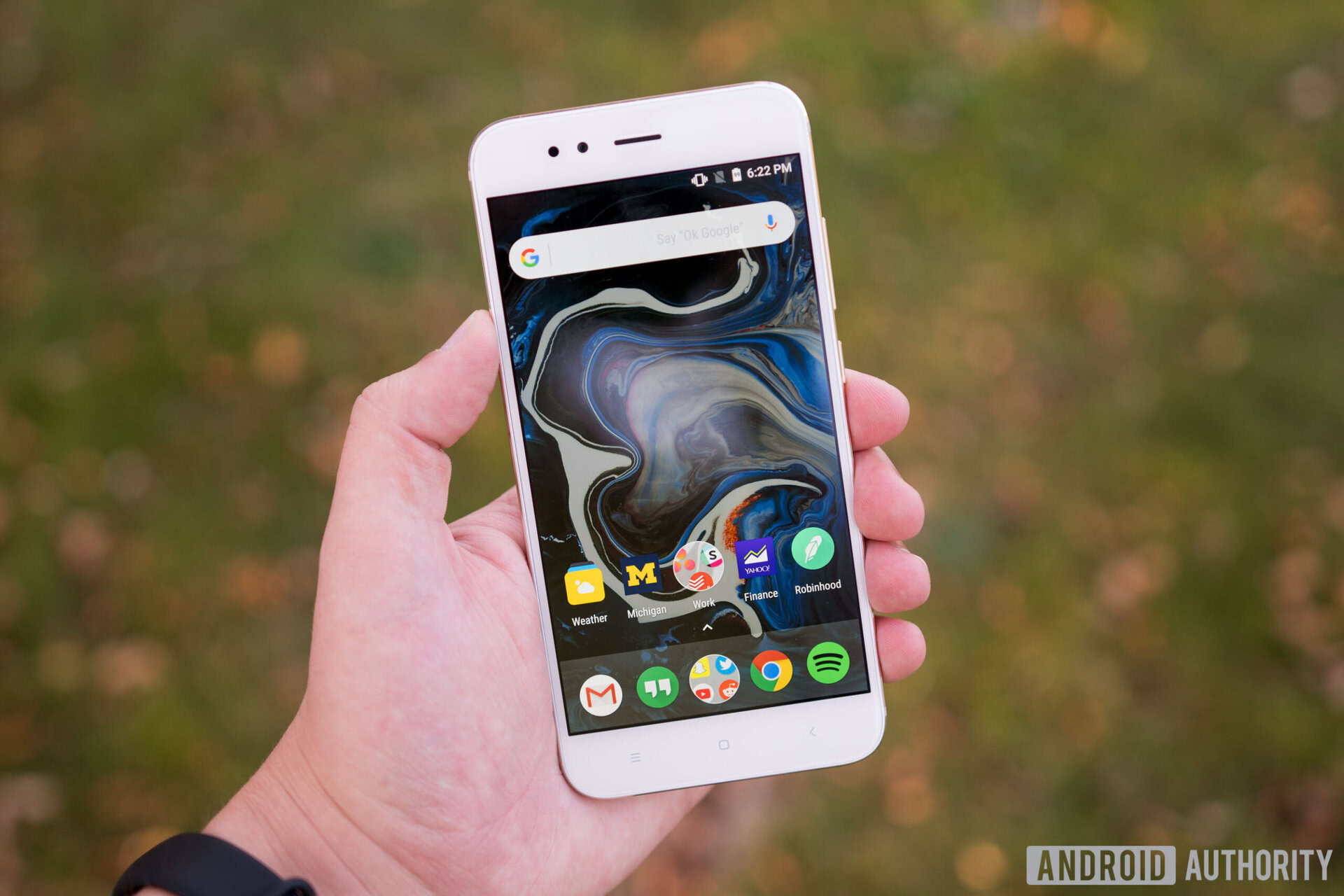
Android is the dominant smartphone OS in India, and Google is doing a lot here when it comes to apps and consumer services like free public Wi-Fi and more. Unfortunately, the story isn’t the same as far as Google’s own hardware products are concerned.
As good as the idea was, the original iteration of Android One failed to take off. There is finally a fantastic Android One smartphone available in the form of the Xiaomi Mi A1, with Google taking advantage of the immense popularity that Xiaomi enjoys in this country. The Mi A1 provides an excellent way to get Google’s excellent software experience on a budget-friendly device.
That said, there are some issues here, mostly to do with the pricing. While the Mi A1 is basically the Android One version of the Mi 5X, its closest competition in India is Xiaomi’s own Redmi Note 4, the just launched HONOR 7X, and a slew of others that are similar but cheaper than the Mi A1. The software experience is really good, but know that you will be paying a premium because of it.
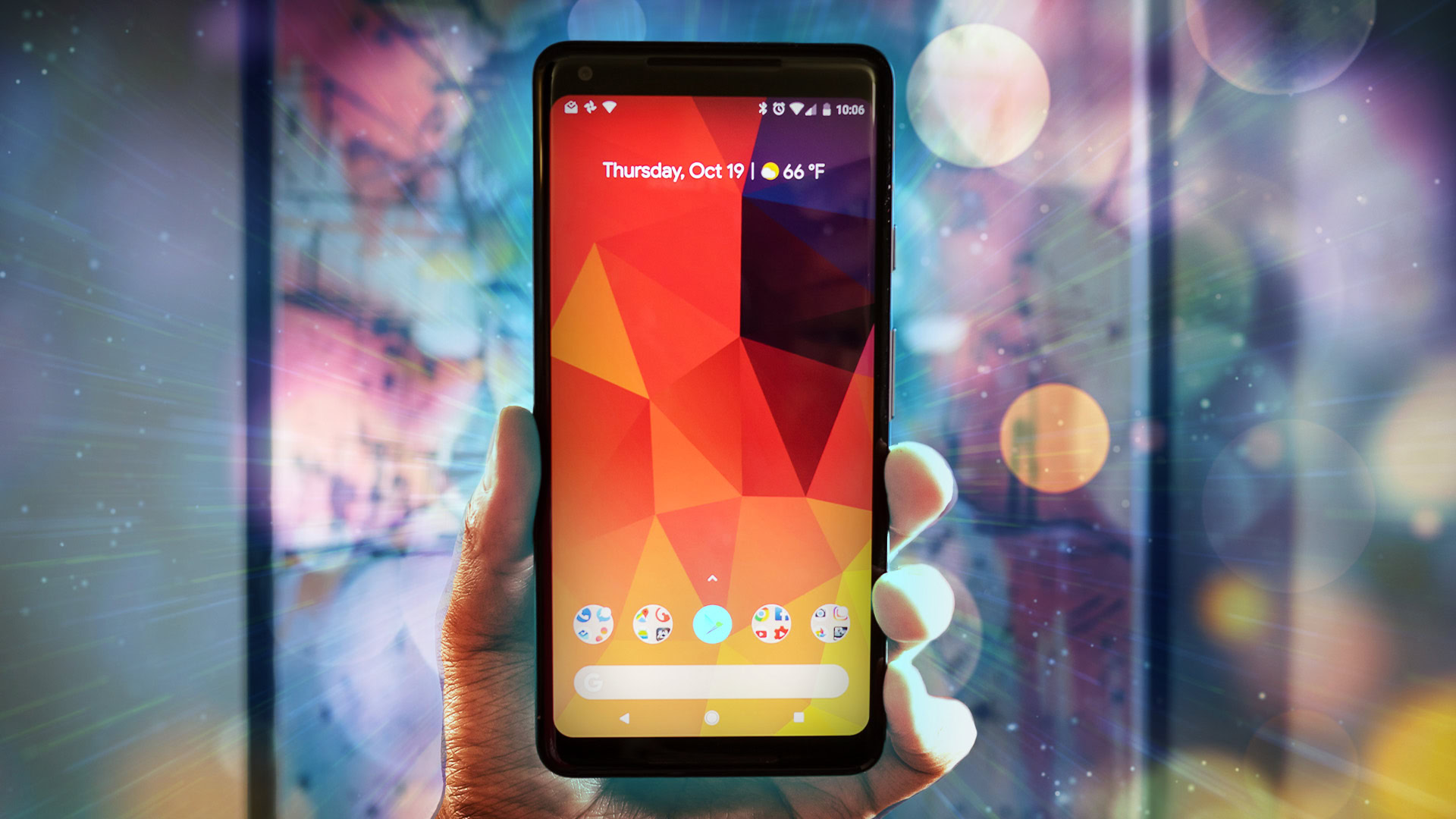
Speaking of high prices, there is the Pixel 2 and Pixel 2 XL. Both are solid smartphones that have a lot to offer, and Google has done well as far as addressing their well-documented issues are concerned. However, both smartphones come with an inflated price tag that is hard to justify.
The larger Pixel 2 XL, priced starting at Rs 73,000 is Rs 5,000 more expensive than the Samsung Galaxy Note 8. Add another Rs 14,000 more if you want to 128 GB iteration, while you can plug in a 128 GB microSD card, priced at around Rs 3,000, to enhance the 64 GB of built-in storage of the Note 8. Of course, there are devices like the OnePlus 5T that is almost half the price of these phones, but then, OnePlus undercuts every high-end smartphone in the market by a huge margin.
Verdict – 6/10
The good news here is that Google’s smartphones are far more easily available than they were only a few years ago, and the marketing campaigns and pre-launch offers have been impressive. However, pricing is an issue not only with their high-end offerings, but even with the Mi A1. Android Oreo Go is expected to make a splash in the budget-friendly segment when it arrives next year, but Google could stand to be a bit more competitive in the high-end market as well.
What is missing
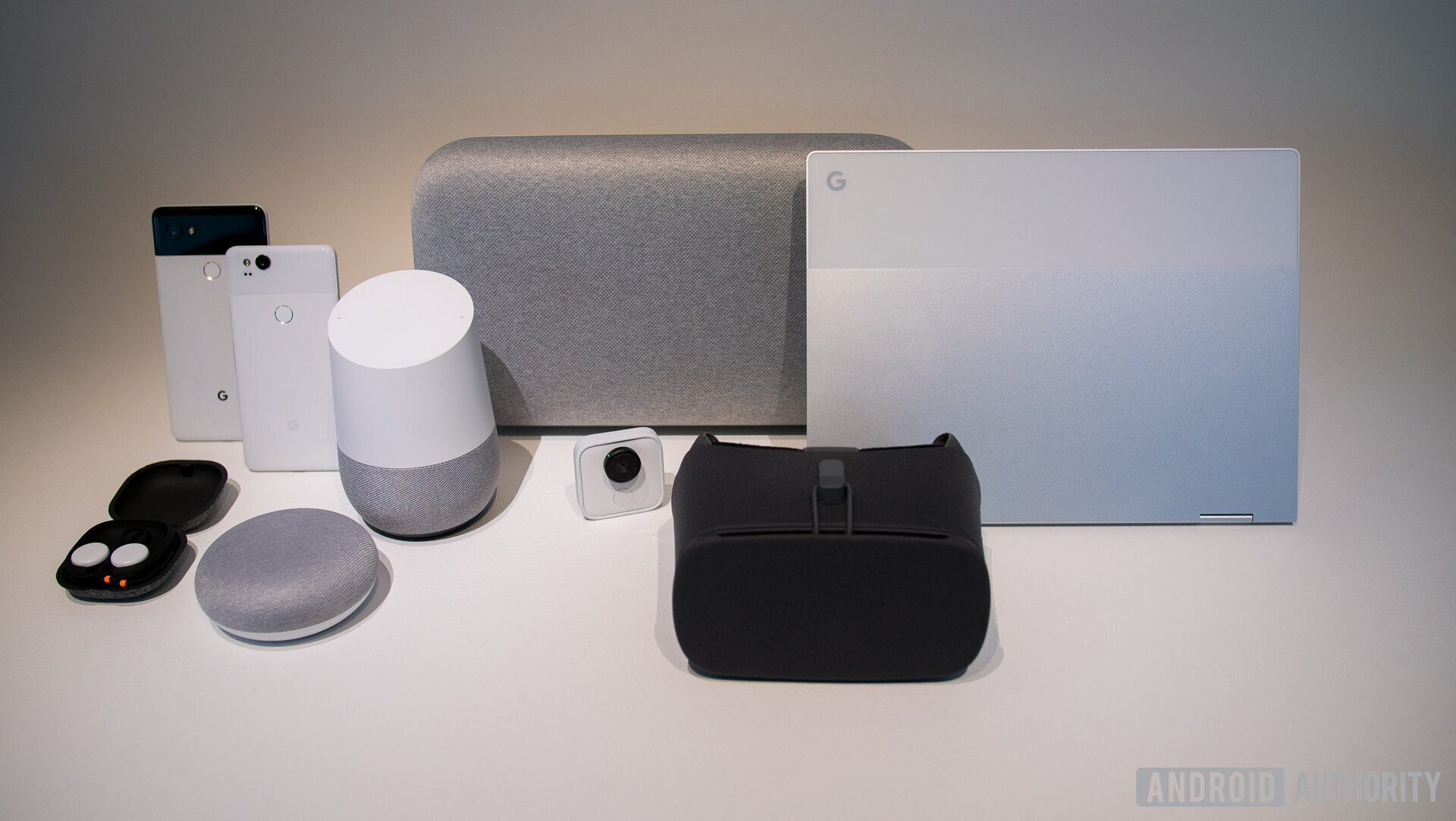
The new Chromecast and Chromecast Audio, which took a while to officially launch here, and the Daydream View headset are available in India, but that’s as far as Google’s other hardware offerings go.
I would love to get my hands on a Google Home, which isn’t a far fetched idea considering that the Amazon Echo is here and really well integrated with Indian apps and services. There have been rumors related to the launch of the Google Home series here, with Google India set to be working on app integration and local language recognition. That said, it’s still unknown when the launch may, or even if it will ever, happen.
It also seems natural for Chromebooks to find a place in this country, but availability is sorely lacking. With data and internet access becoming more easily available and significantly cheaper over the last couple of years, the primarily online-only Chromebooks, particularly the affordable ones, could do very well in India with the right push.
There are certain other services that I would also like to able to use here, like YouTube Red, but that could just be me. A lot of excellent online content is being produced in India now, with Netflix and Amazon already tapping into this growing industry. YouTube Red is all about creating original content, so there’s definitely a way for it to find some success here.
Google is certainly doing a lot to capture an even larger share of the Indian market, and their “Next Billion Users” initiative is an excellent way to do so. The country-specific apps and localized enhancements are big positives, and Google is doing everything it can to get a smartphone is everyone’s hands, with smartphones under the Android Oreo Go project set to launch early next year. That said, I only wished that Google paid as much attention to their higher-end offerings and other products as well.